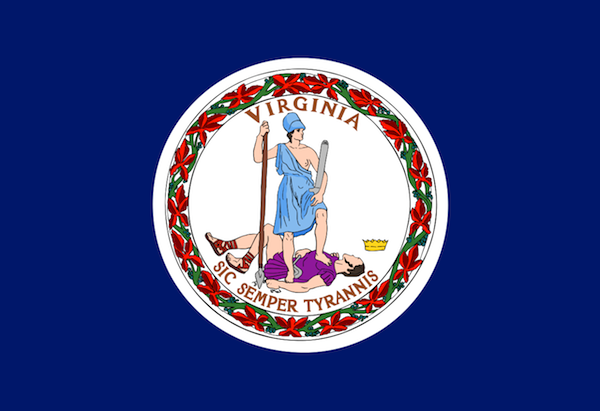House Bill 28, a bill proposed last year in the Virginia House of Delegates, would have required 75 percent of incoming students to Virginia state universities to be domicile residents of Virginia. Although House Bill 28 died in the House in February, it is only one of many attempts the state legislature has made to increase in-state students’ acceptance rates at Virginia’s public universities.
“Similar bills are introduced in the General Assembly most every year,” Vice President of Finance at the College of William and Mary Sam Jones said in an email. “The percentages and particulars may differ, but the intent is the same, to open up more undergraduate slots for in-state students.”
Currently, around 35 percent of each incoming class at the College is comprised of out-of-state students. At the University of Virginia, 32 percent of the undergraduate student body is out-of-state.
“This varies state by state, but in general, I would say the recent trend has been for many public universities to seek an increasing number of out-of-state students,” Interim Associate Provost for Enrollment and Dean of Admission Tim Wolfe said in email.
The University of California system is considering limiting the number of out-of-state students as legislators struggle to find the right balance. The UCLA freshman class is 30.1 percent out-of-state students.
According to Wolfe, public universities seek out-of-state students to help bolster their academic reputation and national visibility. Out-of-state students are also sought for financial reasons. As financial support from state governments decreases, universities have to look elsewhere for a source of income.
“As state support diminishes, state schools have tried to recruit more broadly,” Chancellor Professor of Economics Robert Archibald said.
If House Bill 28 or a similar bill were to pass, the College would face financial difficulty. Furthermore, funding for higher education has been steadily falling, increasing the financial burden on state universities. In 1980, 42.8 percent of the College’s operating budget came from state funds, compared to the 13.4 percent in 2013, according to a chart put together by the Office of Finance.
“We certainly can’t afford to reduce the percentage of out-of-state students unless the state agreed to cover the difference,” Brian Whitson, Associate Vice President of Communications and University Relations, said in an email.
In April 2013, the College introduced the William and Mary Promise and offered a four-year tuition guarantee to Virginia residents, ensuring that the cost of tuition would not rise during their time at the College.
This agreement was in part a response to the pressure to increase in-state admissions, Jones said.
“Rather than change the ratio, the College’s response has been to slightly increase in-state enrollments,” Jones said. “The William & Mary Promise includes increasing overall in-state enrollment by 150 students over a four year period.”
A part of the commitment was lowering the borrowing of money for in-state students.
“As part of the William and Mary Promise, we made a commitment to lower required borrowing for needy Virginians,” Director of Financial Aid Ed Irish said in an email.
This means that if a measure designed to ensure a higher percentage of in-state residents were to be passed in the House of Delegates, the College could be placed in a difficult financial position.
“It would be really very difficult for us to maintain our current budget with that requirement,” Archibald said.

